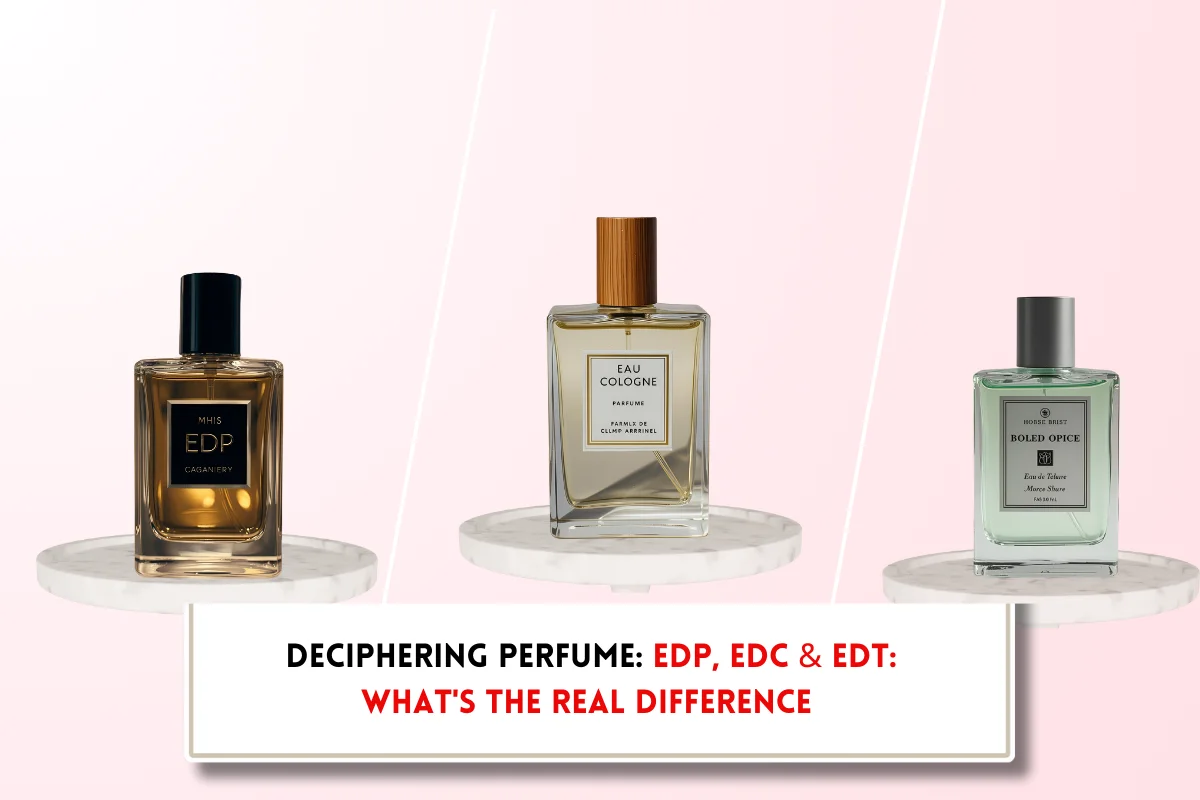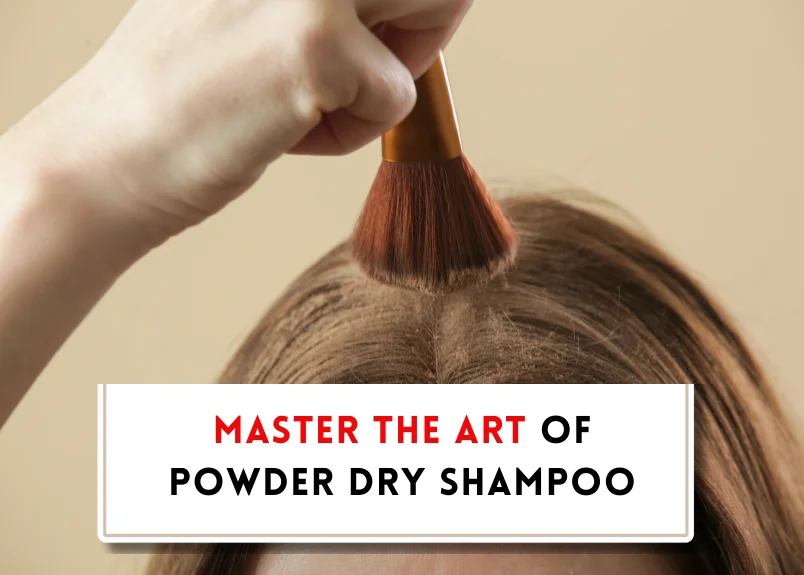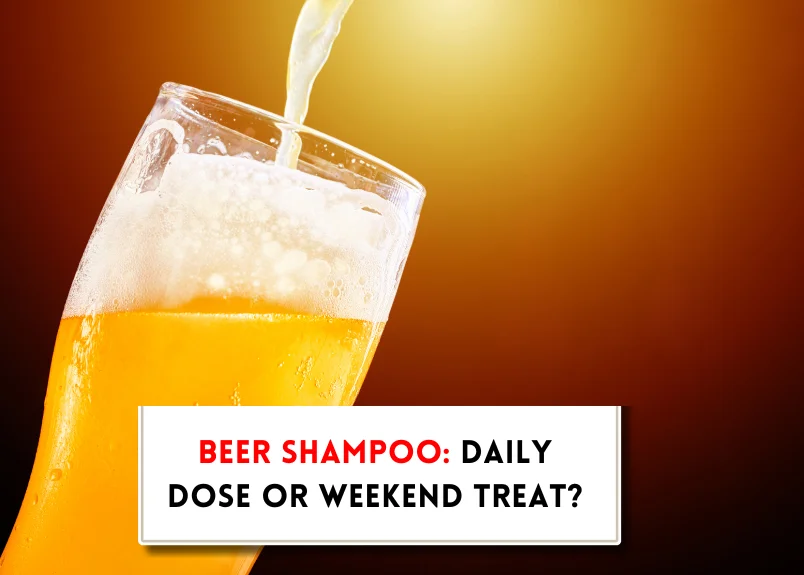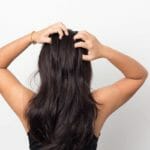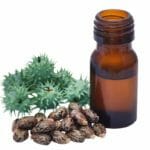How to brush hair to stimulate growth?
At BeautyCaters, our expert team independently curates every recommended product. Purchases through our links may earn us a commission. Explore our transparent selection process.
Are you tired of lackluster locks? Believe it or not, a simple act like brushing your hair can significantly impact its growth and health. While brushing alone won’t magically transform your hair, it play a vital role in stimulating the scalp and promoting a healthy environment for hair follicles to thrive. In this blog post, we will delve into the proper techniques and tips of how to brush hair to stimulate growth.
- Does brushing hair stimulate growth?
- Why proper hair brushing is important?
- How to brush hair to stimulate growth?
- How to brush different hair types?
- When should you brush your hair?
- When is the best time to brush your hair?
- What is the best brush for your hair type?
- Can brushing too much damage your hair?
- What factors stimulate healthy hair?
- Does hair brushing cause hair loss?
- Final Word: How to brush hair to stimulate growth?
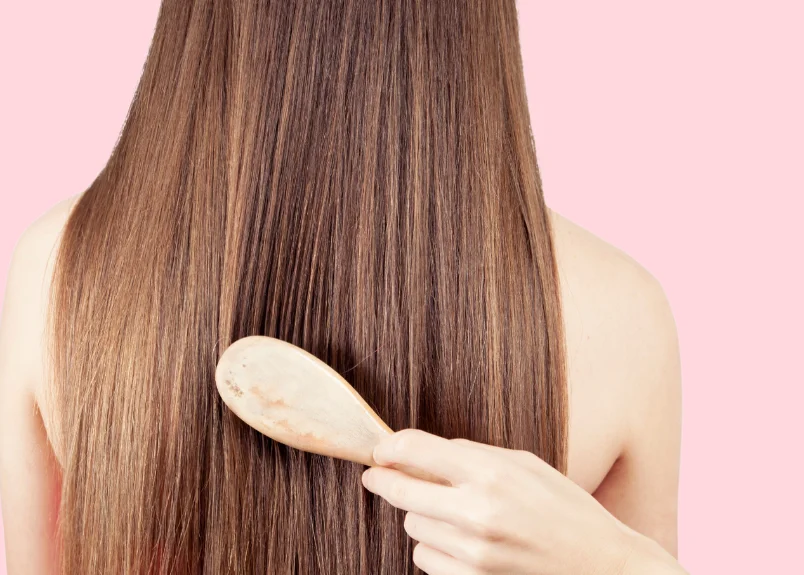
Does brushing hair stimulate growth?
While brushing your hair can certainly improve its appearance, it’s unlikely to directly stimulate hair growth. Here’s why:
- Improved scalp circulation: Brushing can increase blood flow to the scalp, delivering more nutrients to hair follicles. This can make your hair appear fuller and shinier.
- Distribution of natural oils: Brushing helps spread natural oils from the scalp down the hair shaft, resulting in a healthier-looking mane.
However, there’s little scientific evidence to suggest that brushing can significantly promote hair growth. If a hair follicle has already stopped producing hair, brushing is unlikely to reverse this process.
So, while brushing isn’t a magic bullet for hair growth, it’s still a valuable part of a good hair care routine. By keeping your scalp healthy and distributing natural oils, you can help your hair look its best.
Also Read: How to clean hair brushes after lice?
Why proper hair brushing is important?
Brushing your hair is more than just a cosmetic routine; it’s a crucial step in maintaining healthy hair and scalp. Regular brushing helps distribute natural oils, removes dead skin cells, and stimulates blood flow to the scalp, promoting hair growth. Key benefits of proper hair brushing:
- Distributes natural oils: Brushing helps spread natural oils from the scalp down the hair shaft, moisturizing and nourishing your hair.
- Removes dead skin cells: Dead skin cells can clog pores and hinder hair growth. Regular brushing helps to exfoliate the scalp, promoting a healthy environment for hair follicles.
- Stimulates blood flow: Brushing increases blood flow to the scalp, delivering essential nutrients and oxygen to hair follicles, which can encourage hair growth.
How to brush hair to stimulate growth?
Proper hair combing is essential for maintaining healthy hair and promoting growth. Follow these steps to ensure you’re doing it right:
- Choose the right tool: Select a comb or brush that suits your hair type. For example, a wide-tooth comb works well for detangling wet hair, while a paddle brush can help smooth and style.
- Prep your hair: Before combing, ensure your hair is clean and free from styling products. If wet, gently towel dry or let it air dry partially.
- Add moisture: If your hair is dry or frizzy, consider applying a small amount of hair serum or leave-in conditioner to make combing easier and prevent breakage.
- Start at the ends: Always begin combing from the ends of your hair to avoid pulling and breakage. Gradually work your way up to the roots.
- Section your hair: For thick or long hair, divide it into sections to make combing easier and more manageable.
- Comb gently: As you work your way up from the ends, comb through small sections at a time to prevent tangles and minimize breakage.
- Handle knots carefully: If you encounter a stubborn knot, gently hold the hair above it and carefully untangle it using a comb or your fingers. Avoid forceful pulling, which can lead to breakage.
How to brush different hair types?

- Wet hair: When combing wet hair, which is more susceptible to breakage, it’s crucial to use gentle techniques. Begin by applying a detangling spray or serum to reduce friction. Use your fingers to gently work through any knots before transitioning to a wide-tooth comb. Start from the tips and gradually move up to the roots. Opt for a wooden comb for a smoother, less damaging experience.
- Dry or frizzy hair: For dry or frizzy hair, apply a leave-in serum or a small amount of hair cream to seal the cuticles and minimize frizz. A paddle brush is ideal for detangling and smoothing dry hair. Begin brushing from the ends and work your way up to prevent breakage.
- Thick hair: A paddle brush is also a great choice for those with thick hair. Its wide surface area and sturdy bristles effectively detangle and manage thick hair. Regular combing helps prevent tangling and breakage.
When should you brush your hair?
Brushing your hair is an essential part of your daily hair care routine. Not only does it help distribute natural oils and prevent tangles, but it can also boost volume and improve overall hair health.
- After showering: Brushing your hair after a shower helps distribute natural oils from your scalp throughout your hair, leaving it soft and hydrated.
- Before bed: Brushing your hair before bed can help remove any accumulated dirt or oil, preventing it from interfering with your sleep.
- For added volume: If you’re looking for more volume, try brushing your hair while in a pool or ocean. This can help increase blood flow to the scalp.
When is the best time to brush your hair?
The best time to brush your hair is in the morning and at night, as this is when your scalp’s natural oils are at their peak. By brushing before bed and in the morning, you can stimulate the scalp and distribute these oils throughout the hair, promoting growth and overall hair health. Additionally, brushing your hair before showering can help to spread these oils evenly and prepare your hair for cleansing.
What is the best brush for your hair type?
The best brush for your hair depends on its type, thickness, and length. Here’s a guide to help you choose the right one:
- Hair type:
- Fine, thin hair: A boar bristle paddle brush is gentle and helps distribute natural oils.
- Thick, tangled hair: A detangling brush with soft bristles and a long handle is ideal.
- Brush material:
- Natural bristles (boar or horsehair): Distribute oils well but can be rough on fine hair.
- Plastic bristles (nylon or polyester): Gentle on all hair types, but may not distribute oils as well.
- Hair length:
- Long hair: Choose a brush with wider-spaced bristles to prevent tangles.
Can brushing too much damage your hair?
Yes. Excessive brushing can lead to split ends, breakage, and even hair loss. Instead, brush your hair only when necessary to detangle or style.
For long hair, consider wearing it in a loose ponytail or bun to reduce tangles and minimize the need for frequent brushing.
What factors stimulate healthy hair?
Nurturing your hair from the inside out is essential for optimal health. Consider these additional tips:
- Nourish your body: A balanced diet rich in vitamins, minerals, and protein provides the nutrients your hair needs to thrive.
- Minimize heat styling: Excessive heat can damage hair strands. Opt for lower heat settings or air-dry whenever possible.
- Choose gentle products: Avoid harsh chemicals and sulfates in your hair care products.
- Seek professional advice: If you’re concerned about hair loss or thinning, consult with a dermatologist for a personalized evaluation and treatment plan.
Does hair brushing cause hair loss?
While hair brushing is generally beneficial for hair health, excessive or improper brushing can contribute to hair loss. Hair brushing when done incorrectly or with the wrong tools can cause shedding or breakage.
Final Word: How to brush hair to stimulate growth?
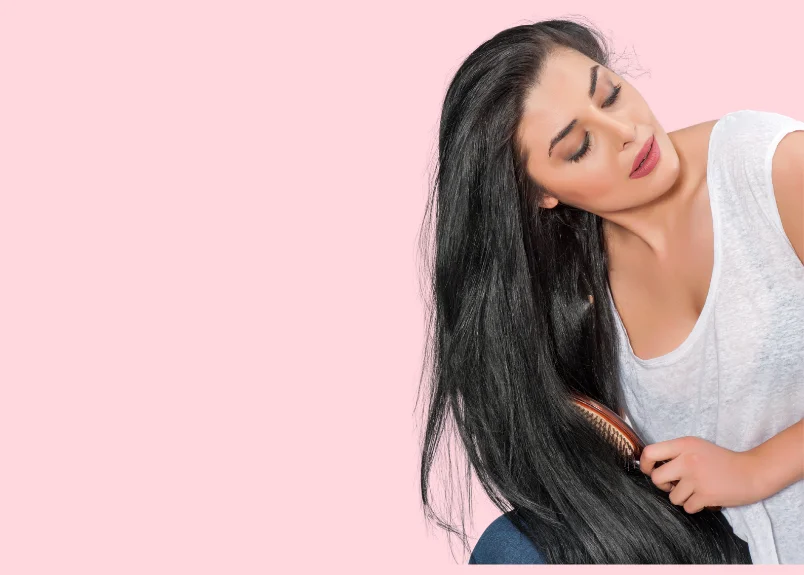
While brushing is a simple yet effective tool for promoting hair growth, it’s important to use proper techniques and consider the specific needs of your hair. By incorporating gentle brushing into your daily hair care routine, you can stimulate your scalp, improve blood flow, and create a healthier environment for hair growth. Remember, consistency is key, so make brushing a regular part of your self-care regimen.


